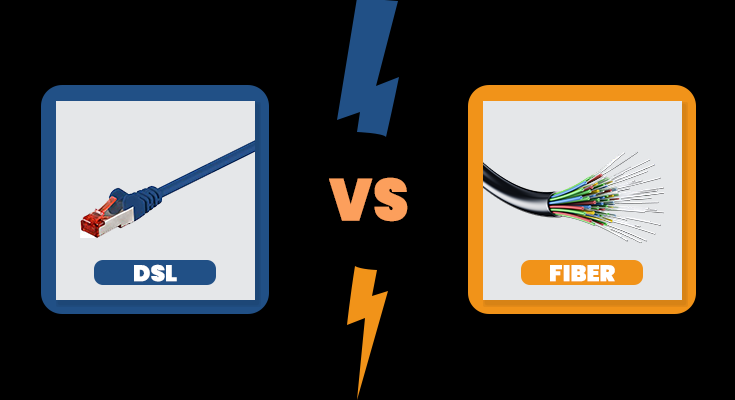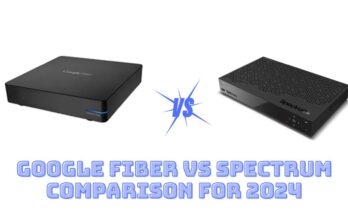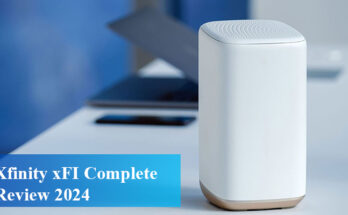If you’re in the market for a new internet connection, you’ve likely come across the terms “DSL” and “Fiber”. But what’s the difference between these two types of connections? How do you know which one is right for you? In this blog post, we’ll take a look at the key differences between DSL and Fiber internet services, as well as their respective costs, speeds, latency, reliability, availability, and security.
By the end of this article, you should have a better understanding of which type of connection is the best choice for your home or business.
Introduction to DSL and Fiber Internet
DSL, or Digital Subscriber Line, is a type of internet connection that uses copper telephone lines to deliver broadband internet access. It’s a type of transmission technology that uses a modem to convert digital signals into analog signals for transmission over the lines. DSL is the oldest type of broadband internet connection and is widely available in the United States.
Fiber internet, on the other hand, is a type of broadband connection that uses fiber-optic cables to deliver data. Fiber-optic cables are composed of thin strands of glass or plastic and are capable of transmitting data at much higher speeds than traditional copper cables. Fiber connections are generally more reliable than DSL connections, as they are less susceptible to interference and signal degradation.
DSL vs Fiber: Key Differences
The key difference between DSL and fiber internet connections is the type of cables used to transmit data. As mentioned, DSL uses copper telephone lines, while fiber uses fiber-optic cables. This difference has a direct impact on the speed, latency, reliability, availability, and security of each type of connection. Let’s take a look at each of these factors in more detail.
Cost Comparison of DSL vs Fiber
DSL is usually the more affordable option. DSL plans typically start at around $20 per month, while fiber plans can range from $30 to $100 per month. The exact cost of a fiber plan depends on the provider and the speed of the connection, so it’s important to shop around and compare prices.
Speed Comparison of DSL vs Fiber
When it comes to speed, fiber is the clear winner. Fiber connections are capable of speeds up to 1Gbps, while DSL connections cap out at around 25Mbps. This makes fiber the ideal choice for households or businesses that require high-speed internet for streaming, gaming, or downloading large files.
Latency Comparison of DSL vs Fiber
Latency, or the time it takes for data to travel from one point to another, is an important factor to consider when choosing an internet connection. Fiber connections typically have much lower latency than DSL connections, meaning that data will travel from one point to another much faster. This makes fiber the better choice for activities that require low latency, such as online gaming or video conferencing.
Reliability Comparison of DSL vs Fiber
Fiber is once again the better option. Fiber connections are less susceptible to interference and signal degradation, meaning that they are more reliable than DSL connections. This makes them the ideal choice for households or businesses that require a reliable connection.
Availability Comparison of DSL vs Fiber
When it comes to availability, DSL is the more widely available option. DSL is available in most areas of the United States, whereas fiber is only available in select areas. If you’re not sure if your area has fiber internet service, you can check with your local internet service provider.
Security Comparison of DSL vs Fiber
When it comes to security, both DSL and fiber connections are equally secure. Both use the same encryption protocols to protect your data, so you can rest assured that your data is safe and secure.
Which is the Best Choice for You?
Now that we’ve looked at the key differences between DSL and fiber internet services, it’s time to decide which one is the best choice for you. If you’re looking for a reliable connection with high speed internet, then fiber is the best choice. However, if you’re on a budget or if fiber isn’t available in your area, then DSL is a good option.
Conclusion
Choosing the right internet connection can be a difficult decision. With so many factors to consider, it’s important to weigh your options and make an informed decision. We hope this blog post has given you a better understanding of the key differences between DSL and fiber internet services and provided you with the information you need to make the best choice for your home or business.



